Metaverse Virtual Reality Development

In Collaboration with

Course Name: Metaverse Virtual Reality Development
After the Class student will gain the following knowledge
- Drone Operation
- Metaverse, Virtual Reality Experiences
- Shuttle Space Design & Simulation
- Programming
- Competition Skill
Background
Since 2019, the CoVID19 impacts the daily life of all people around the world. This makes many technologies become more important such as Drone, VR. This technology has been around the corner for many years, but it even got more demand during the pandemic period. Technology plays an important role as it helps many people to stay at home safely but still can work and enjoy their life in the virtual and real world. Plus with the advancement of the sensors make the device more lightweight and more powerful. Also with the recent plan of Facebook Horizon release, would make VR becoming a part of mainstream technology soon.
Mission
- Allow enthusiasm who interested in the XR topic to get more knowledge and overall view of the technology.
- Learner got basic drone operation.
- Learning got the knowledge to design their own space shuttle in simulation.
- The learner is capable to develop XR technology of their own.
- The Learner is capable to adapt the knowledge for future usage in their real life.
- Encourage learners to utilize their free time during the quarantine period of the pandemic.
- Encourage the learner to work as a team to join the competition.

This is the special training course, there are two types of training: at the training center or at home (online), the students are allowed to borrow VR glasses and other accessories to use during the training. In the case of online training, the trainer will use VR and meet the students in the virtual world every day to conduct the training along the course by providing useful advice and ideas.
Overview Study Plan
- VR, Youtuber, NASA Space App Challenge 2020
- Workshop: 64 hours by 8 day
Training Equipments

Certification/Trophy/Medal you will get
- Workshop Certification x5
- Competition Participant Certification x2
- Certification Award x2 (Only if you managed to get good rank)



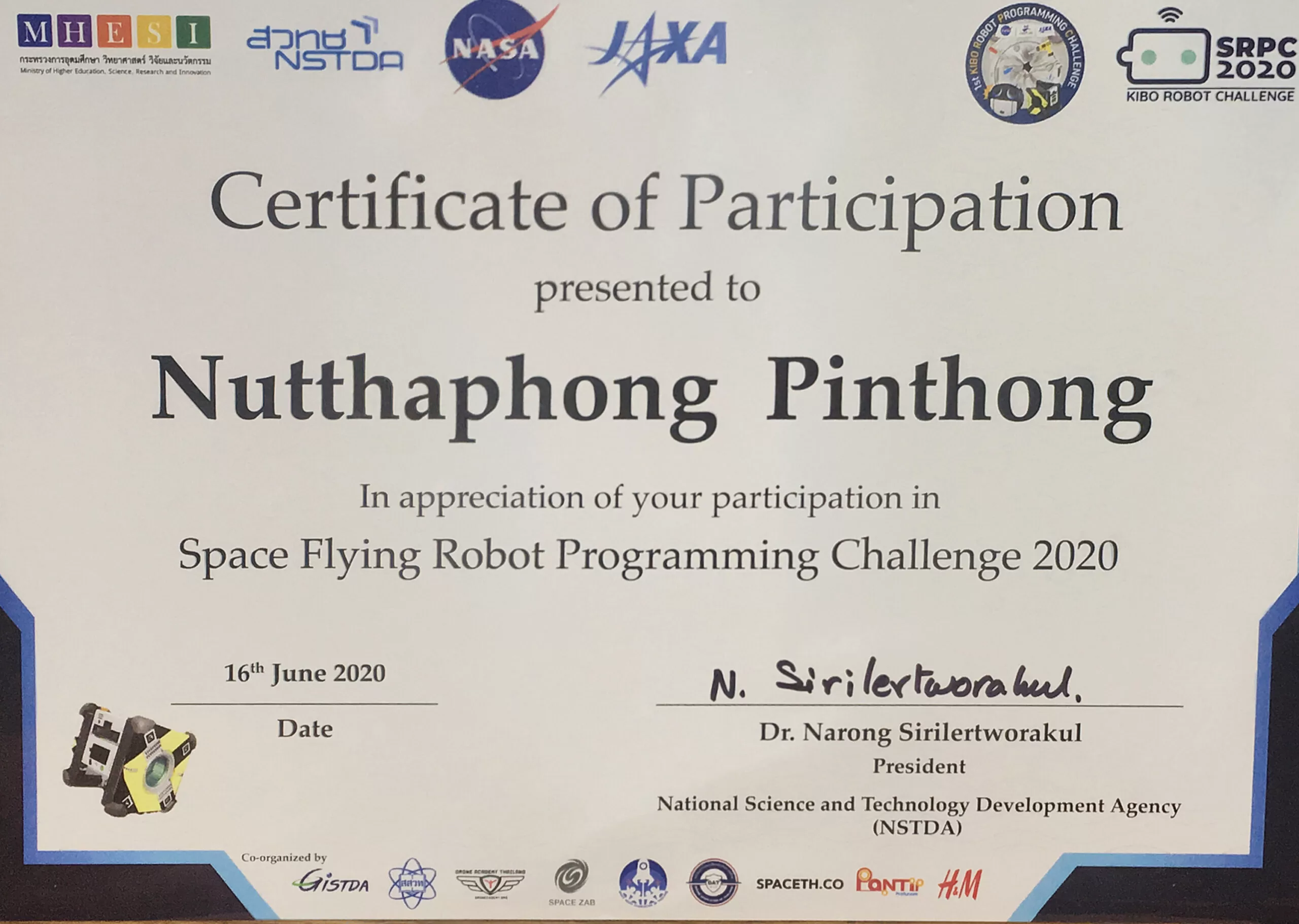



Day 1
Morning
Metaverse, VR Technology Skill
- History of VR, AR, XR Technology and actual application in various industries
- Various Safety tips for using XR
- VR Meditation, Practice, and Meditation Increase Learning Efficiency
- Practice by playing various exercise games
- Sport (Lightsaber Music, Dance Ohshape)
Aviation & Space Exploration Experiences
- Basic Knowledge of unmanned aircraft and various basic rules
- 360 Aerial Virtual Tour visualization techniques
- Passed an astronaut from the Apollo 11 space shuttle launch base and explore the moon
- Practice playing various exercise games

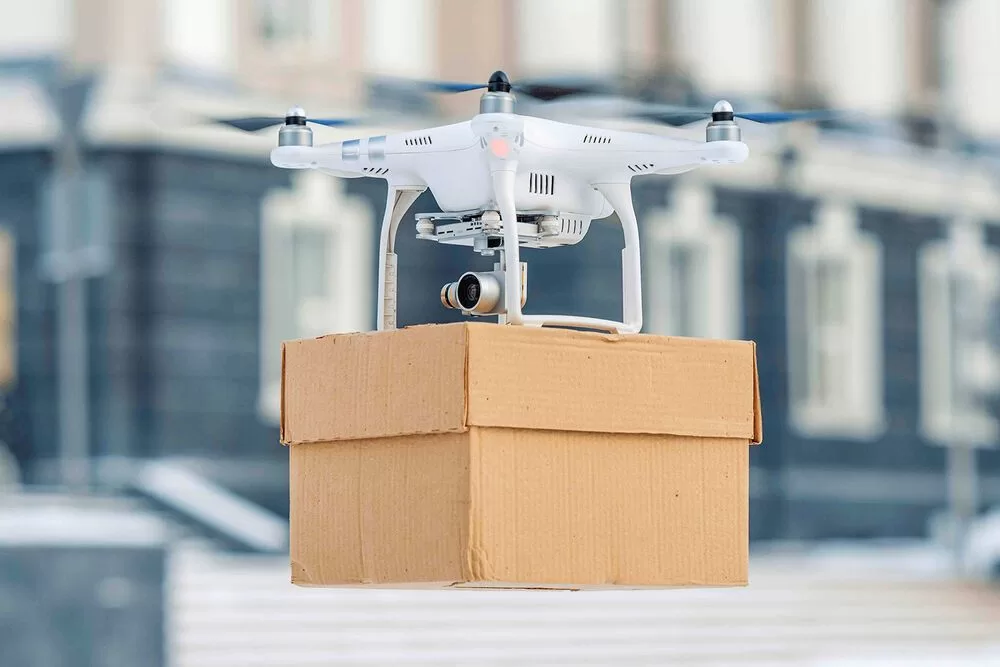




Afternoon
Computer & Nature Skill Experiences
- Take a tour of Google Data Center and introduce careers in Computer System Engineering, Computer Network Engineering
- Take a tour of the tallest waterfall in the world, Angel Falls Waterfall in Venezuela
- Practice playing various exercise game
Science and Critical Thinking Skill
- Take a tour of Lab CERN to see the world’s largest particle accelerator
- Adventure Game: Take on the role of a benevolent giant, leading an adventure knight through various obstacles
Day 2
Morning
Life Skill Experiences
- Take to experience homeless life, Suggesting ways to life
- Puzzle Game: Play as Giant Spirit, take the young man to solve various problems
- Practice playing various exercise games


Afternoon
Presentation Skill
- Take to practice speaking in public on a stage with over 30 viewers, suggesting public speaking techniques
- Take a space station tour International Space Station and introducing the Space Drone Programming Competition
- Practice playing various games
Science and Critical Thinking Skill
- Take a tour of Lab CERN to see the world’s largest particle accelerator
- Adventure Game: Take on the role of a benevolent giant, leading an adventuring knight through various obstacles
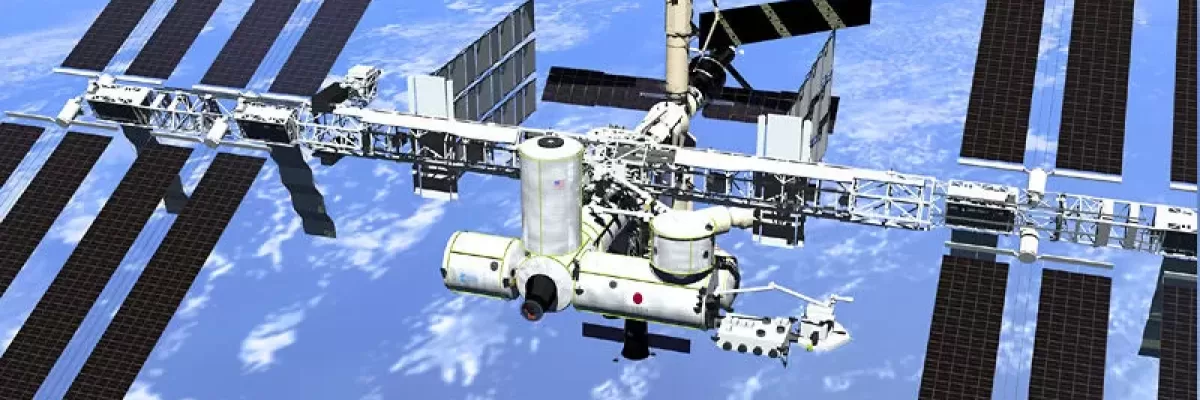
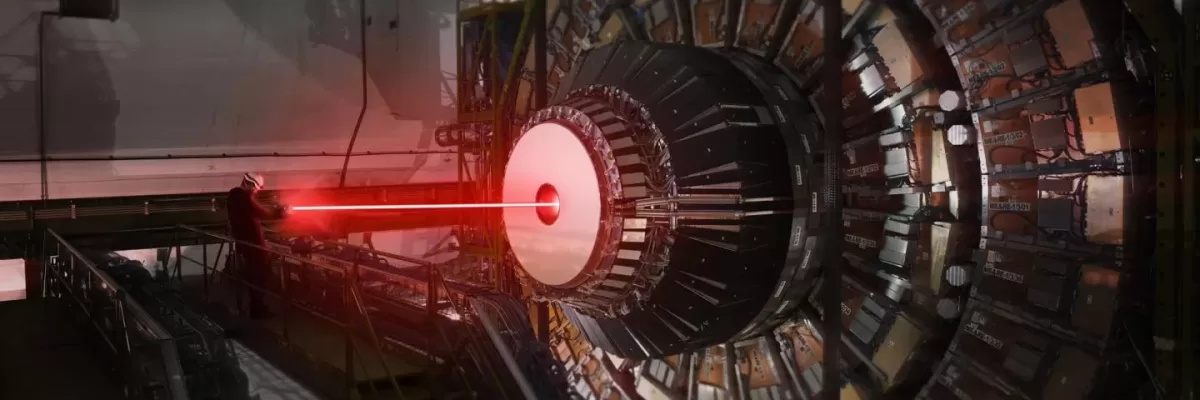
Day 3-4 (16 hours): : Metaverse Virtual Reality Development Skill (optional select VR or drone programing)
Basic VR Programming with Unity x16 Hours
Training Content:
- Introduction
- What you will learn
- Google VR
- Import assets
- VR Player Controller
- Learning The Camera Rig
- Learning The Unity Player Settings
- Learn About VR Walkthrough
- Deploying


Basic Drone Programming x16 Hours
- The history of drones
- Aviation regulations and safety
- How do drones work?
- Develop into the various components of the drone
- Motor
- GNSS GPS
- Flight Controller
- ESC
- Camera
- Landing Gear
- Radio Reciever
- Telemetry
- Power Module
- Compass
- Learn to write a simple drones control program Swift Programming
- Study to write drone control program with Drone block
- Basic Drone Programming by Golang
- Installation
- Studying programming of drones to control with GOlang
- Basic Drone Programming by Python
- Python installation
- Learn to write drone control programs with Python Programming
- Try the Drone Odyssey Challenge: CAT-A, CAT-B
- Drone Mission with Swift
- Drone Mission with Python
- Try to practice the Drone Odyssey Challenge: Drone Swarming
- Package Sender
- Drone Swarming with Python
Day 5: Space Shuttle Design ( 8hours)
- Design your own Space Shuttle or Rocket
- Science and Space Knowledge
- How to Takeoff!
- How to navigate in Space!
- How to Orbit
- How to land on the moon
- How to go REALLY far
- NASA Space App Knowledge
Day 6: Drone pilot


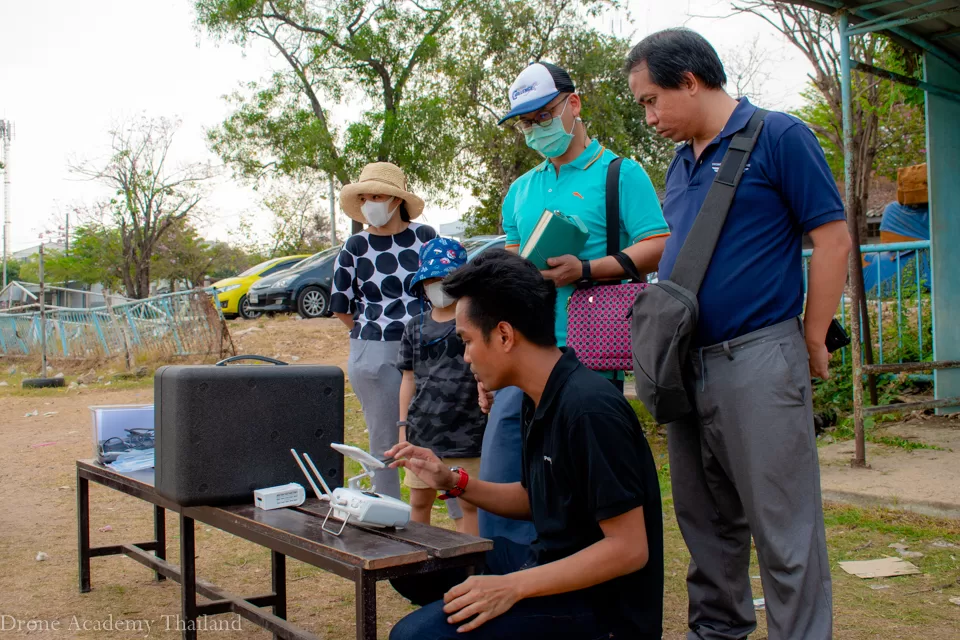

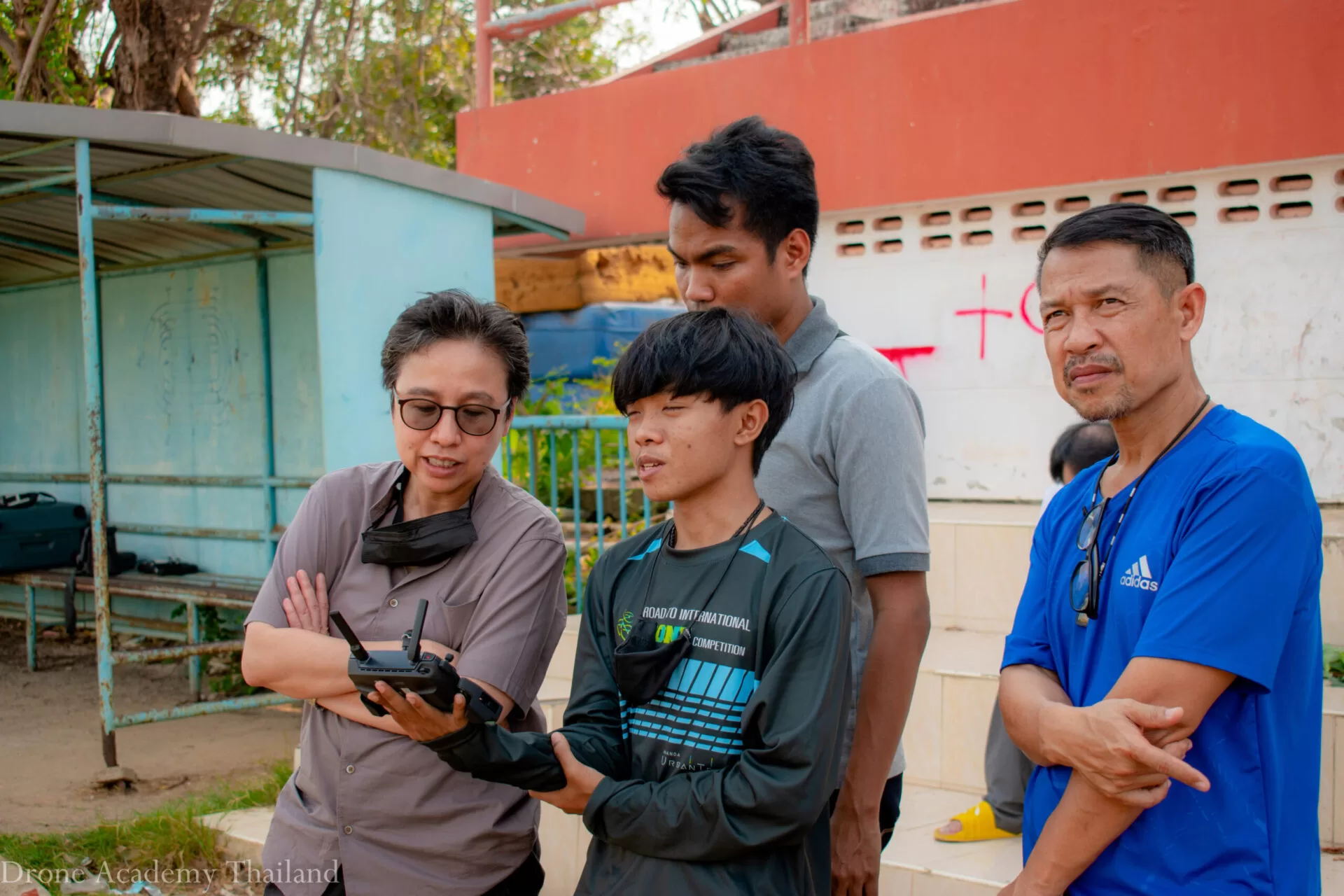
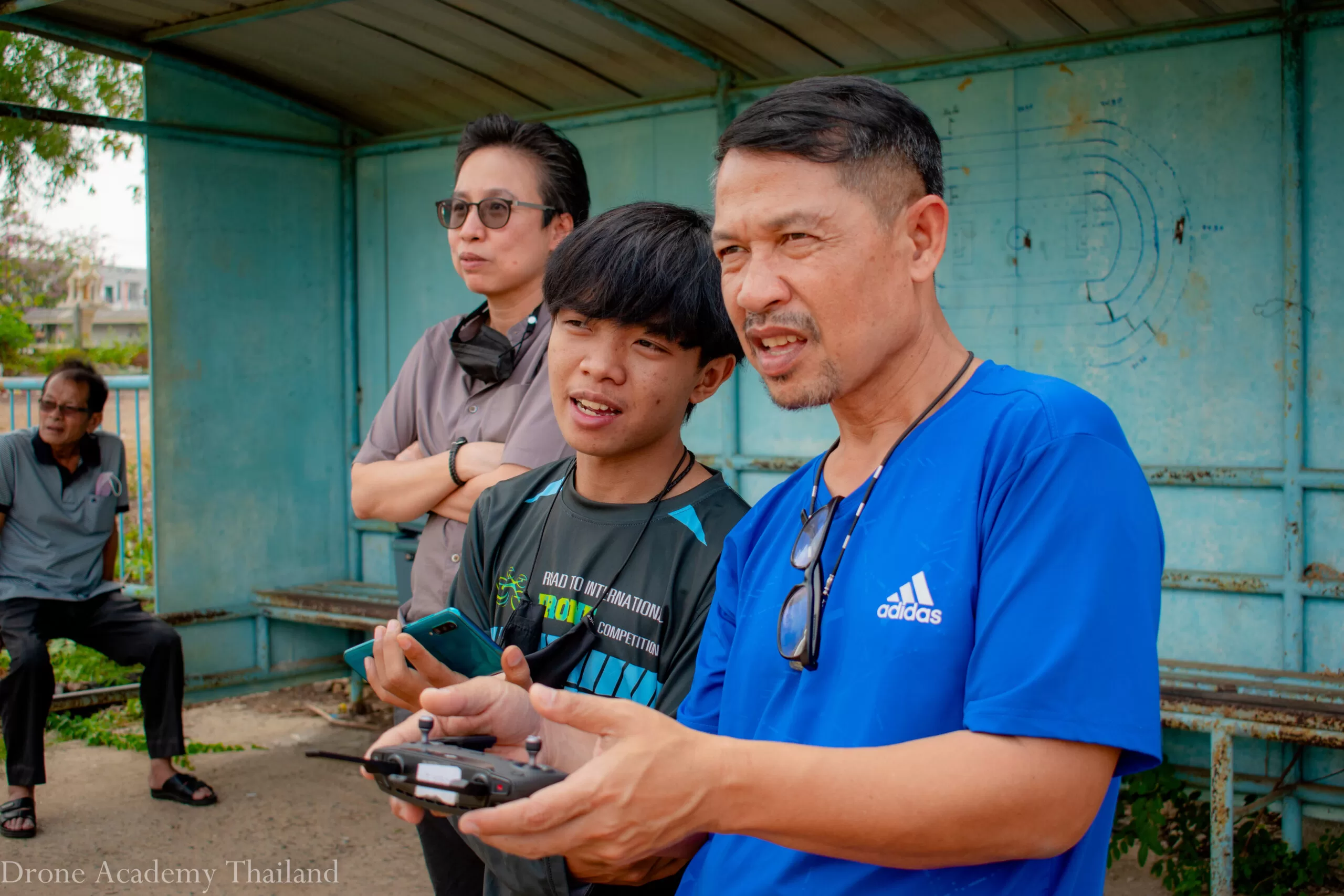
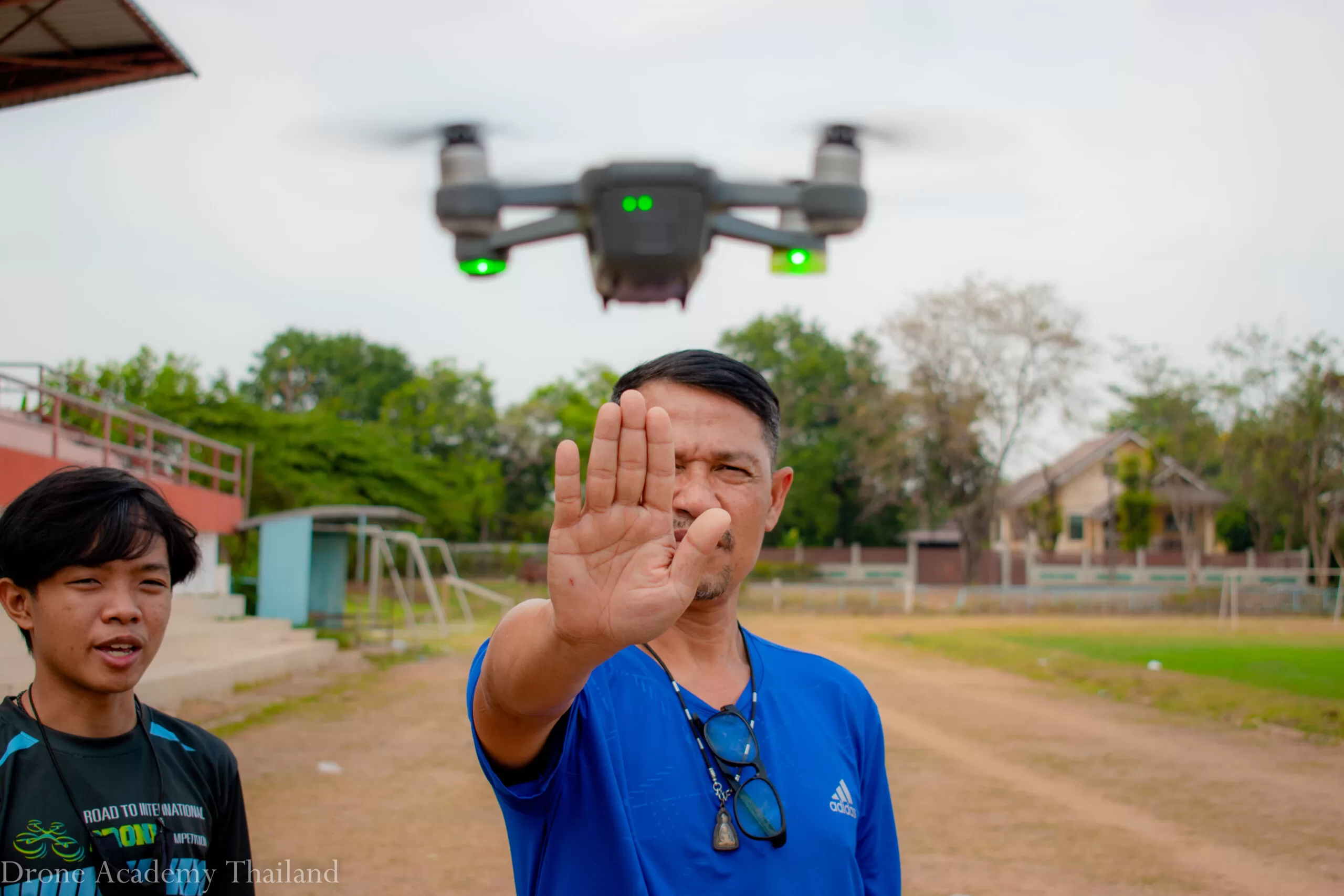

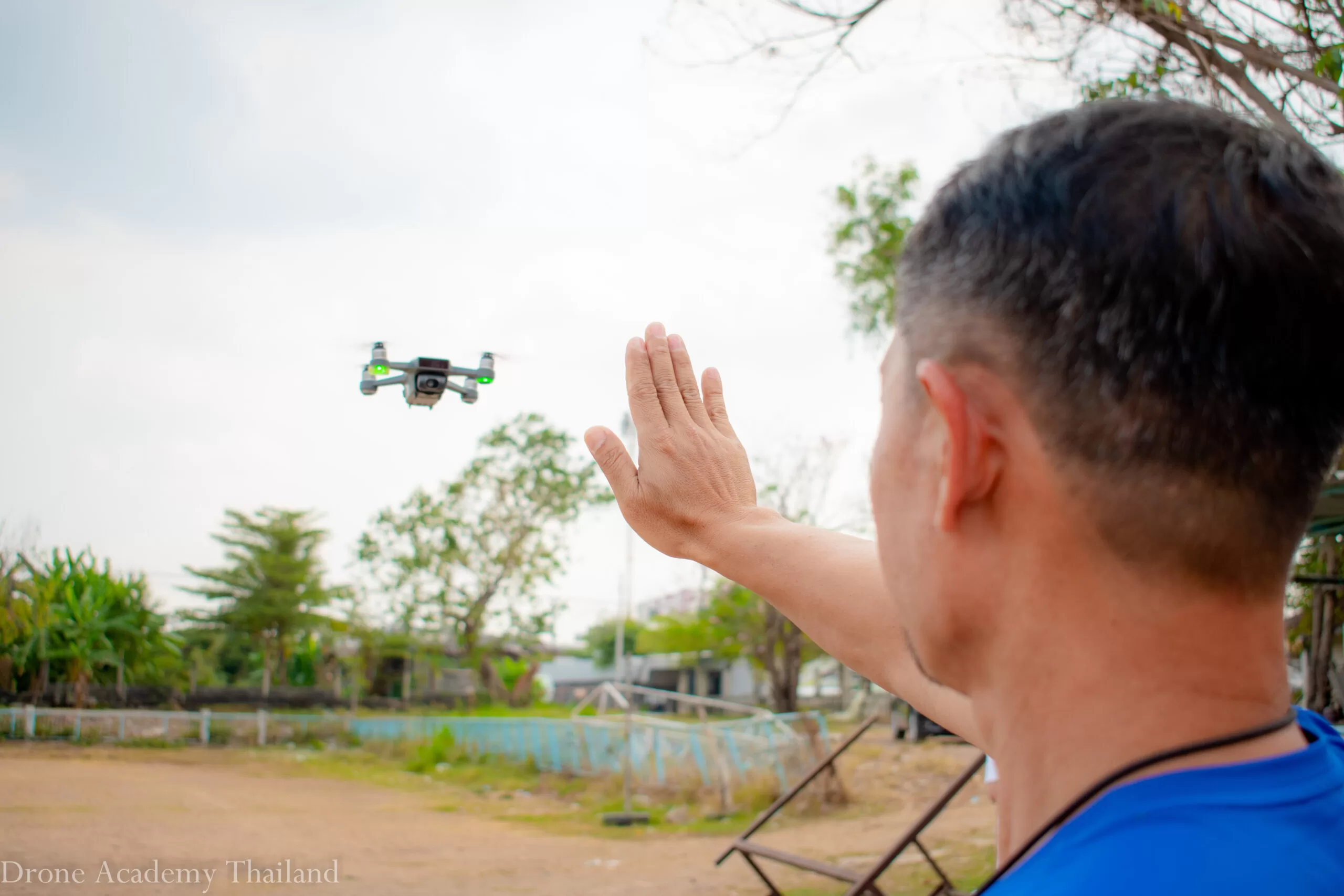
8 cores modules required by CAA (Civil Aviation Authority) of UK.
1. UAS Airspace Operating Principles
At first glance it can appear daunting. Even though drones normally operate in the bottom 400 feet of airspace you’ll need to know what happens above and beyond your flying area. Things like controlled airspace, danger areas, prohibited areas and restricted areas. There are lots of acronyms to get to grips with such as FIR, ATZ, MATZ, CTR and AIAA but we’ll make it as fun and pain free as we can.
2. Airmanship & Aviation Safety
There’s a lot of ground to cover but it includes procedures for operating safely. We tell you why it’s important to take pride in how you fly and why you should pay close attention to planning.
3. Air Law & Responsibilities
This is the most important part to explain about the regulation of using drone in each country you stay as well as how to do the best practice on how operate drone responsively.
4. Meteorology
We’ll teach you how to get a forecast that’s suited to drone flying and how to interpret it correctly. We’ll also tell you about aircraft icing, turbulence, and wind gradients and how the area in which you’re flying can have a dramatic effect on local conditions.
5. Navigation Charts
Just because your drone has a built in GPS doesn’t mean you needn’t worry about navigation. There’s a whole section of our course devoted to good old fashioned maps and charts and the limitations of GPS. If you haven’t seen an aviation chart before you’ll be surprised how much 3 dimensional data is crammed into a two dimensional space and most of it is vitally important for safe flight planning.
6. Human Factors
The vital part of the syllabus but it’s one that students are surprised to see listed. Then they hear about the adverse effects of tiredness, alcohol and medication. Even cold weather, excessive workload, distractions from clients and spectators or working on your own can put a drone pilot under pressure – pressure that could lead to an accident.
7. Aircraft Knowledge
It contains a lot of components and complex systems which you need to understand. Things like Inertial Measurement Units, Power Management Units, Accelerometers and Electronic Speed Controllers. You’ll also need to know the specifications and limitations of your own aircraft, not just for practical reasons including safety and emergency procedures, but also for when you come to write your Operations Manual.
8. Operating Procedures
Everything from flight planning, site surveys, risk assessments to pre and post flights checks and emergency procedures. Although these things can sound daunting, they will boost your confidence no end when you know how to do things properly and safely.
Additional useful modules for usage drone in Thailand
9. History of Drone
10. Thai law and regulation, No fly zone in Thailand and how to get permission to fly
11. Select the suitable drone for your job
12. Lost drone recovery.
13. Drone part components
14. Outdoor Assessment
DJI Phantom 3
DJI Mavic
DJI Spark
Parrot Mini Drone, Parrot AR Drone
Custom made (Introducing drone component & unique feature of each drone: DJI, Custom made)
Basic control (Basic Drone Control)
Advanced control (Point Of Interest, TapFly, Waypoint, Activetrack, Tripod, Gesture, Quickshot, Cinematic)
At first glance it can appear daunting. Even though drones normally operate in the bottom 400 feet of airspace you’ll need to know what happens above and beyond your flying area. Things like controlled airspace, danger areas, prohibited areas and restricted areas. There are lots of acronyms to get to grips with such as FIR, ATZ, MATZ, CTR and AIAA but we’ll make it as fun and pain free as we can.
There’s a lot of ground to cover but it includes procedures for operating safely. We tell you why it’s important to take pride in how you fly and why you should pay close attention to planning.
This is the most important part to explain about the regulation of using drones in each country you stay in as well as how to do the best practice on how to operate drones responsively.
We’ll teach you how to get a forecast that’s suited to drone flying and how to interpret it correctly. We’ll also tell you about aircraft icing, turbulence, and wind gradients and how the area in which you’re flying can have a dramatic effect on local conditions.
Just because your drone has a built in GPS doesn’t mean you needn’t worry about navigation. There’s a whole section of our course devoted to good old fashioned maps and charts and the limitations of GPS. If you haven’t seen an aviation chart before you’ll be surprised how much 3 dimensional data is crammed into a two dimensional space and most of it is vitally important for safe flight planning.
The vital part of the syllabus but it’s one that students are surprised to see listed. Then they hear about the adverse effects of tiredness, alcohol and medication. Even cold weather, excessive workload, distractions from clients and spectators or working on your own can put a drone pilot under pressure – pressure that could lead to an accident.
It contains a lot of components and complex systems which you need to understand. Things like Inertial Measurement Units, Power Management Units, Accelerometers and Electronic Speed Controllers. You’ll also need to know the specifications and limitations of your own aircraft, not just for practical reasons including safety and emergency procedures, but also for when you come to write your Operations Manual.
Everything from flight planning, site surveys, risk assessments to pre and post flights checks and emergency procedures. Although these things can sound daunting, they will boost your confidence no end when you know how to do things properly and safely.
- History of Drone
- Thai law and regulation, No fly zone in Thailand and how to get permission to fly
- Select the suitable drone for your job
- Lost drone recovery.
- Drone part components
- Outdoor Assessment
- DJI Phantom 3
- DJI Mavic
- DJI Spark
- Parrot Mini Drone, Parrot AR Drone
- Custom made (Introducing drone component & unique feature of each drone: DJI, Custom made)
- Basic control (Basic Drone Control)
- Advanced control (Point Of Interest, TapFly, Waypoint, Activetrack, Tripod, Gesture, Quickshot, Cinematic)
Day 7-8: NASA Space App Challenge Guideline

1. Basic Programming Workshop
Develop an Application in response to one of the official Space Apps Challenges
1.1 Keep any code developed during the event open-source. Keep in mind that they like open data.
1.2 Use raw data from NASA data source to develop your application only (DATA ANALYST)
2. Web Development Workshop
Clearly show how NASA data, products, or other resources were integrated into your projects. Finish updating your project page on the Space Apps website
2.1 Summary of your project (WEB DEVELOPMENT)
2.2 How we addressed this challenge
- What is the problem that affects our lives?
- What is it? (Describe your app)
- What is your plan to solve the problem?
- Provide information step by step on how you solve the problem.
2.3 What do we hope to achieve?
2.4 How does it work?
- explain how your app works.
2.5 How did we develop this project?
- What motivated us?
- How did we make it? How NASA space data was used?
- What problem and achievements did your team have?
2.6 Project Demo (30 seconds of glory)
- Project video
- App prototype
- Data & Resources
3. Project Management
- Include a link to code in a public repository on your project page
- Ensure that all your team members are registered and identified on the team’s webpage
4. Video, Graphic Presentation
Create an infographic or poster to represent your project. Use the English language on your project page and English language or English-language subtitles if you’re asked to create a video.
5. Make a video presentation about the project
- How does the application work?
- During the working progress
- Video editing (no copyright music used)
Our Customers
International Competition Programs
ผลงานการคว้ารางวัลชนะเลิศจากต่างประเทศสามปีซ้อน และจาก NASA
Company Background
Training to school, university, youth, and adult
As Seen on Television







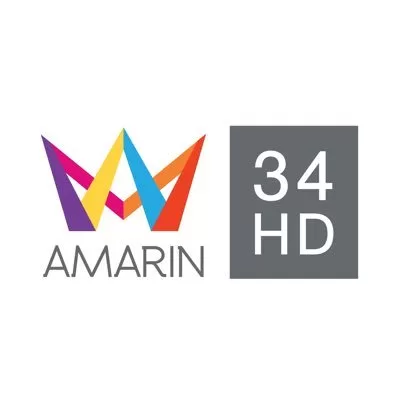
Kid Ranger
Channel 5
Amarin TV
School’s Public media
Founder’s Public Media
Drone Programming Champion 2019
Drone Programming Champion 2018
Path to champion, preparation video
Won international prizes
International Success
Our student demonstration the skill to many CEOs
Many more
